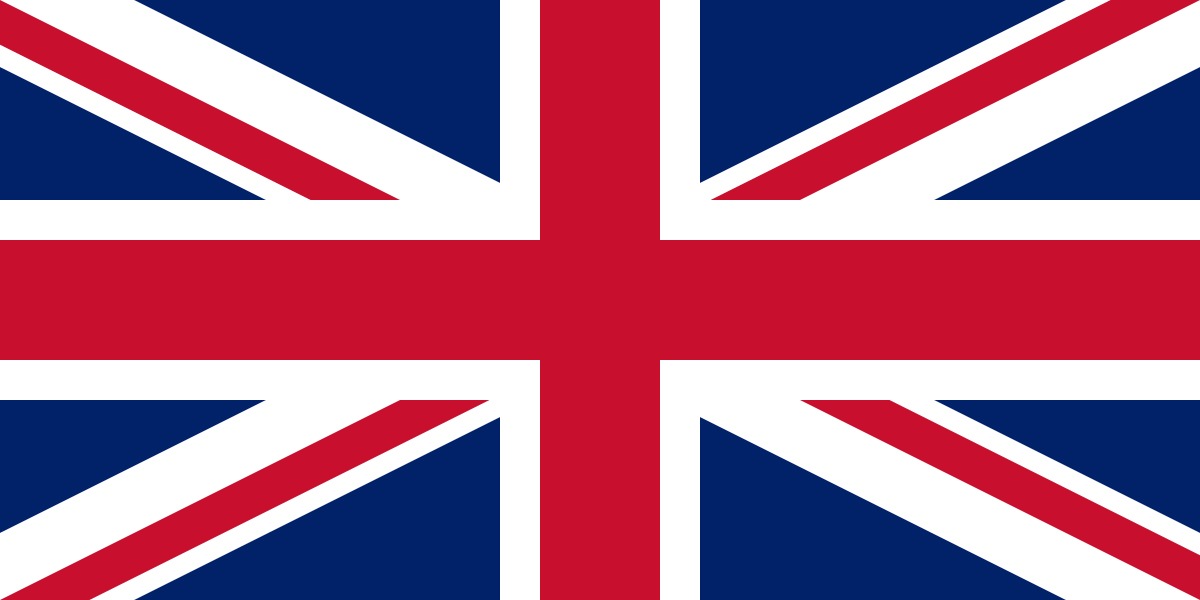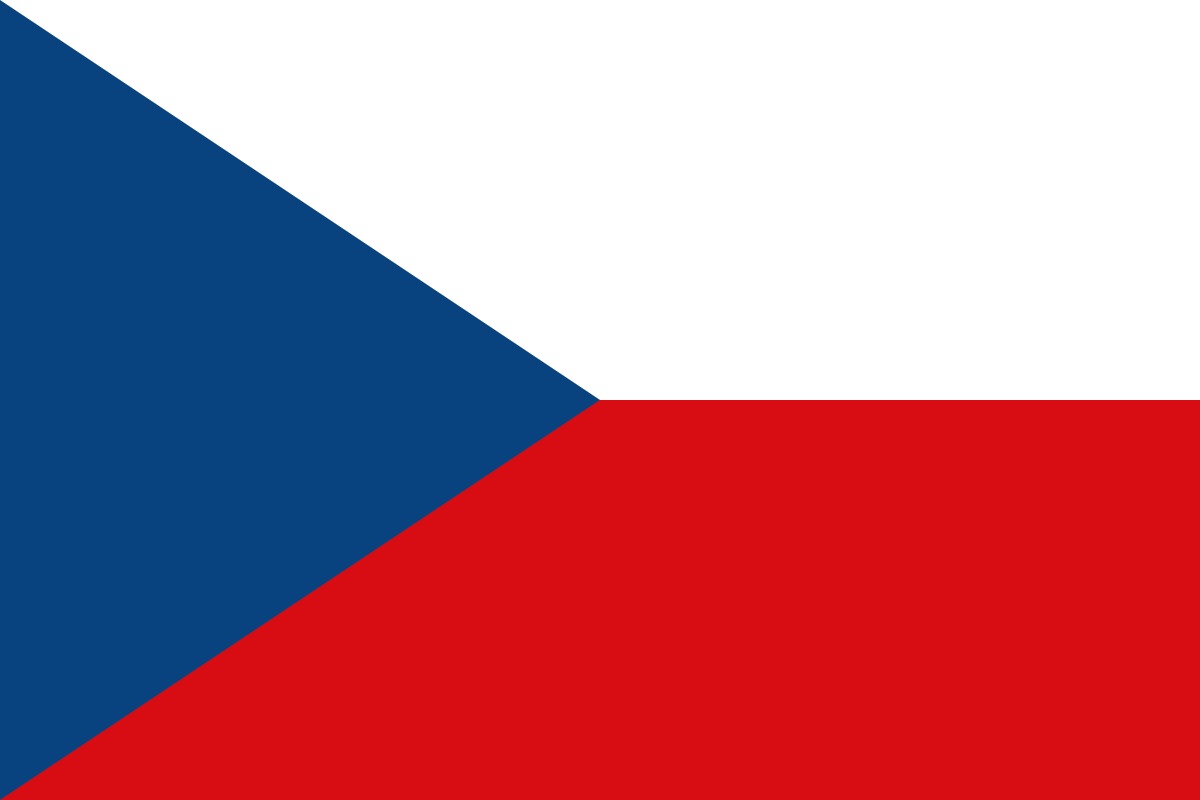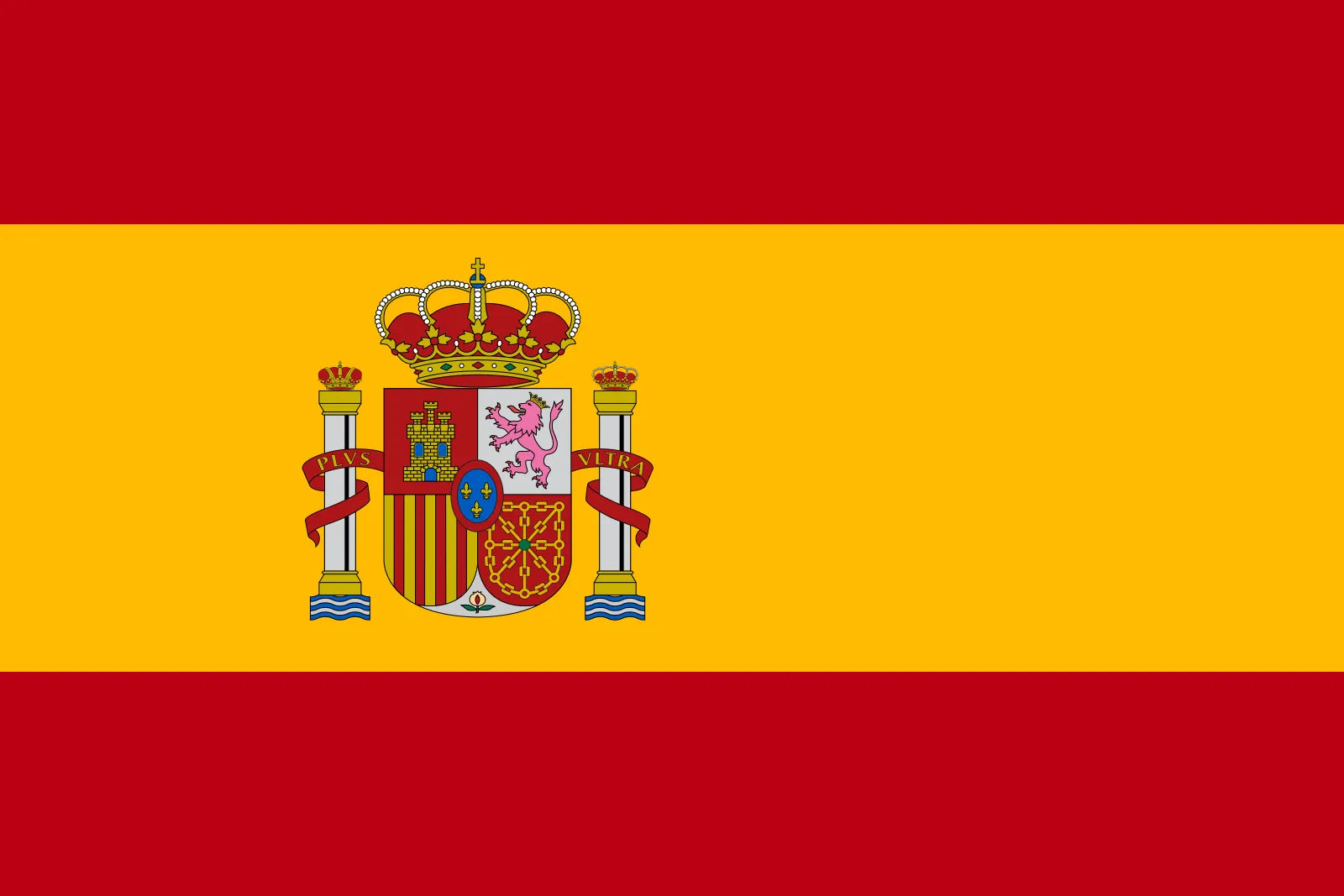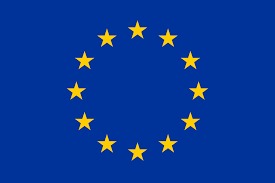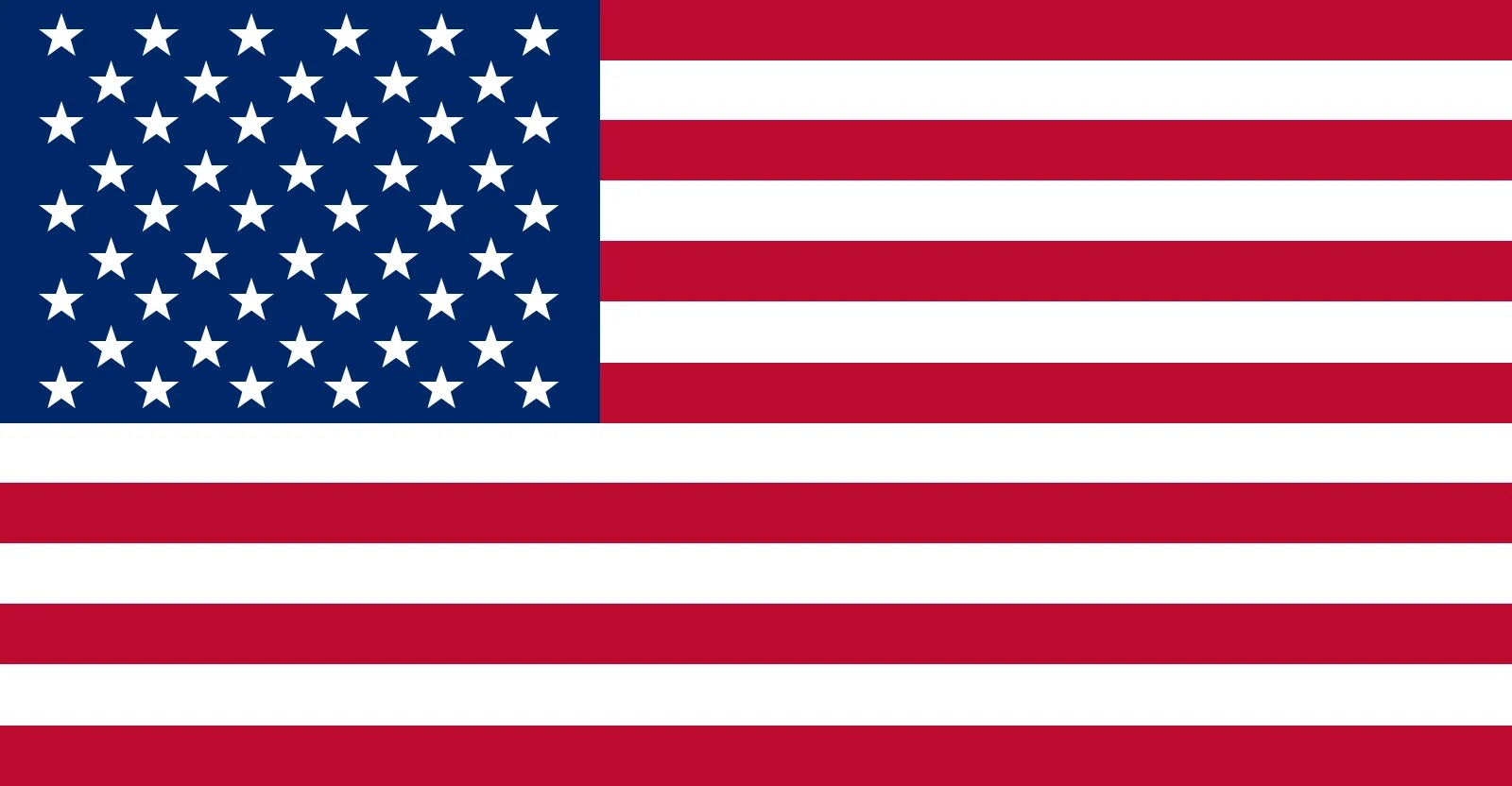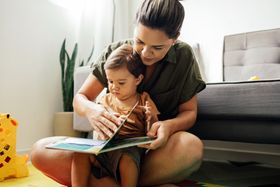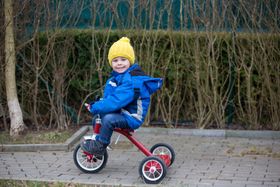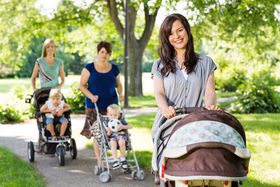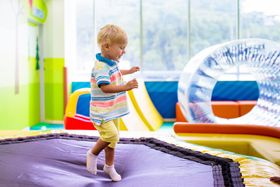Get Moving! 5 Fun Gross Motor Activities for Preschoolers
Published April 20, 2023
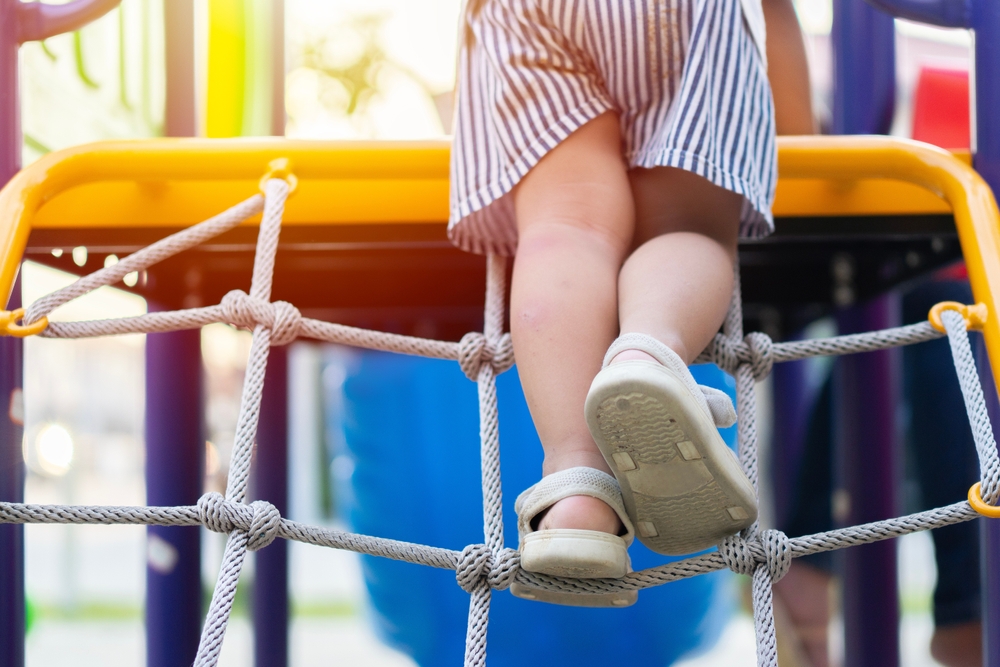
Gross motor skills play a crucial role in a child's development, as they involve using the whole body. These whole-body movements boost confidence and enhance agility and flexibility. Children need both indoor and outdoor activities that engage larger muscle groups, like walking, running, jumping, twisting, and turning, which involve the arms, legs, and torso. Of course, some skills require good hand-eye coordination and you might be thinking ‘how is hand-eye coordination related to gross motor skills?’ Well, hand-eye coordination combines our sense of sight and motor skills and is essential for writing, drawing, zipping coats, and catching a ball.
It's important for preschool-aged children to develop hand-eye coordination and gross motor skills, as these abilities contribute to success in school. As a teacher, I can confirm that the early years curriculum encourages children to work on running, climbing, balancing, and even jumping to prepare for school.
5 Gross Motor Activities Your Preschooler Will Love
Here are 5 motor activities that your pre-schooler is sure to enjoy:
1. Playground play
2. Balloon play
3. Dancing.
4. Nature walks
5. Ride-on-toys
1. Playground Play
A playground offers a space where children can truly feel free, letting them swing, climb, jump, and slide on equipment designed specifically for these activities. This makes playgrounds an excellent place for your child to develop their gross motor skills.
Do you recall the thrill of swinging as a child, feeling like you were flying with the wind on your cheeks and the sun in your eyes, aiming for the sky? That swinging motion actually helped you develop body balance. Swinging teaches children how to shift their body weight while coordinating leg movements (back and forth).
As your child races to the top of the climbing frame, they're building muscle tone and core strength. Other equipment, such as rope ladders and wobble bridges, is great for strengthening trunk muscles. Younger children might find these challenging initially, but with gentle encouragement, they'll soon overcome their fears and eagerly tackle these activities.
2. Balloon Play
Research has shown that balloon play can support child development. The unpredictable and surprising movement of balloons offers a unique opportunity to build gross motor skills. Children need to chase balloons, aiming to throw, catch, or kick them. In the process, they'll run, jump, slide, zigzag, and dodge – actions that demand sudden shifts in body weight, balance, and hand-eye coordination.
3. Dancing
Dancing is a fantastic way for children to boost their confidence and develop rhythm awareness. It also enhances balance, body control, coordination, sequencing skills, and spatial awareness (understanding the space their body occupies and how to move within that space). Dancing can be freestyle, through instruction (classes), or by using nursery rhymes. Some suggested nursery rhymes that inspire movement include "Head, Shoulders, Knees and Toes," "The Wheels on the Bus," "I'm a Little Teapot," "Wind the Bobbin Up," and "The Hokey Cokey."
You can also play musical games with your child, such as musical statues. Encourage your preschooler to dance, then stop the music suddenly, prompting them to freeze. Besides being entertaining, musical statues help build concentration. As children dance, they exercise their large muscles and work on balance by engaging their core.
4. Nature Walks
While outdoors, seize the opportunity to enhance their learning. Count items you see, play games like "I Spy," and create stories inspired by your surroundings. Encourage their imagination to flourish. Outdoor experiences also allow children to use their senses to observe their environment, establishing new brain pathways. This lays a solid foundation for learning, benefiting them even in adulthood.
5. Ride-On Toys
Ride-on toys come in various styles tailored to your child's interests, offering a fun and engaging way for them to explore and learn new skills. These toys effectively help develop essential gross motor skills for physical movement and coordination. By using ride-on toys, children can build and use their leg muscles, pushing their bodies in different directions and boosting overall physical strength.
These toys also assist in maintaining balance while stopping and steering, contributing to spatial awareness development (the ability to judge distances between themselves and surrounding objects). Enhancing spatial awareness improves coordination, particularly bilateral coordination (the ability to coordinate both sides of the body in synchronized movements). Playing outdoors with a ride-on toy encourages exposure to nature and the environment.
Empowering Little Explorers
Some children may take longer to learn how to ride a bike, but their determination and "get up and try again" attitude can be nurtured with the right tools. Our 4-in-1 Breeze Plus Toddler Trike is available for toddlers aged 15 months to 3 years and offers a perfect stepping stone. It not only supports their hand-eye coordination and steering skills but also helps strengthen their leg and arm muscles. The trike comes with handles, allowing you to push your little one while they pedal, and its shock absorbers ensure a smooth ride, keeping them comfortable and unaware that you're in control. The tricycle also features a certified safety design and is easy to push and steer with its patented touch steering technology. As your toddler's confidence grows, you can effortlessly switch control to them with just the touch of a button.
